What is HR Reporting? Definition, Types, and Key Benefits
Table of contents
- What is HR reporting?
- Why is HR reporting important?
- Challenges of HR reporting
- Why “humanizing” data is so important
- Types of HR reports and when to use them?
- How do I generate an HR report?
- Additional guidelines to use in building an effective HR dashboard
- What skills and tools do you need for effective HR reporting?
- How to choose the right HR software
- The future of HR reporting and HR analytics
- Conclusion

How well is your organization doing? Do you know its strengths and weaknesses? Are you managing to attract and keep the right employees? Can you identify and resolve potential issues before they escalate?
Human resources departments and business leaders turn to HR reporting to find answers to these questions and more.
In this article, we'll explore HR reports, their benefits for your organization, and the importance of humanizing the data they provide. We'll also look at examples of common HR reports, discuss key metrics to monitor, and explain how dashboards simplify and enhance the effectiveness of your HR reporting systems.
What is HR reporting?
At its core, HR reporting is the process of gathering and analyzing data about your workforce – typically with the help of efficient and easy-to-use software. This process helps leaders make informed decisions that can lead to better management and development of employees.
HR reports cover a wide array of data points, offering a comprehensive overview of organizational health and employee well-being, including:
- Recruitment metrics: Evaluate the effectiveness of hiring processes and the quality of new hires.
- Employee performance evaluations: Assess individual achievements and areas for improvement.
- Compensation trends: Analyze salary structures, bonuses, and benefits packages against market standards.
- Workforce demographics: Examine the diversity of the workforce in terms of age, gender, ethnicity, and more.
- Employee turnover rates: Track retention and turnover to understand employee satisfaction and organizational stability.
- Training and development: Monitor the progress and impact of professional development programs.
- Employee engagement: Measure how engaged employees are through surveys and other feedback tools.
- Compliance and risk management: Ensure adherence to employment laws and regulations to mitigate legal risks.
Different formats and types of HR reports can help address different needs and preferences, such as:
- Written documents: Detailed reports that provide in-depth analysis and historical data.
- Interactive dashboards: Dynamic tools that allow users to drill down into specific data points and customize views.
- Data visualizations: Charts, graphs, and infographics that make interpreting data straightforward and accessible.
- Spreadsheets: Useful for data-heavy reports that require manipulation or further analysis.
- Presentations: Slide decks that summarize key findings and strategic recommendations for stakeholders.
Why is HR reporting important?
HR reporting plays a crucial role in helping HR professionals and leaders create healthier, more effective workplaces while driving innovation in HR. The results of these reports enable HR professionals to see what's going on in their organizations, generate insights into various functions, and make informed, intelligent decisions.
Here are some of the key benefits:
1. Identifying trends
By monitoring essential workforce metrics and trends, HR reporting allows leaders to spot and capitalize on new opportunities while solving issues before they jeopardize the bottom line. Better planning comes from understanding an organization's strengths and weaknesses.
This knowledge helps prepare a strategy that will set the company and its employees up for future success. When HR teams have a precise and comprehensive understanding of needs, they can plan more effectively.
2. Measuring HR value
Learning and development, compensation and benefits, recruitment, and onboarding are just a few of the initiatives that showcase the value of HR within an organization. HR reports clearly and empirically demonstrate how these initiatives contribute to the company's performance, thus validating investment in HR resources and activities.
3. Evaluating performance
HR reports provide clear insights into how well individuals meet their goals by tracking and analyzing performance. This helps identify both top performers who may be ready for more challenges and those who need further support or training.
Effective performance evaluation through HR reports ensures that employees receive the feedback and development they need to thrive. This boosts individual performance and enhances overall organizational productivity.
4. Tailored training programs
With detailed reports on employee skills and performance - focusing on relevant key performance indicators, companies can design training programs that specifically address the gaps identified. This targeted approach ensures that training is not only relevant but also effective in enhancing skills across the workforce.
5. Tracking problem areas
HR reporting can help pinpoint problem areas within an organization. It highlights issues such as high turnover, low engagement, effective hours worked, or gaps in training. By identifying these problems early, leaders can take timely actions to address and resolve them, preventing larger issues down the line. This proactive approach ensures a healthier, more productive workplace.
6. Talent management
HR functions include effective talent management. Detailed insights into recruitment, performance, and development needs across the organization can help achieve these HR goals. Using HR reports, leaders can ensure the right people are in the right roles and receive the support they need to succeed.
7. Resource allocation
HR reporting tools also help HR teams allocate resources more effectively. They help identify areas where aids like training, support, and investments are most needed. This approach ensures that resources are used efficiently, driving better results and enhancing productivity and employee satisfaction across the organization.
8. More informed hiring decisions
There is no disputing the fact that employee turnover is expensive, which underscores the importance of an effective recruiting process.
By examining data from both current and former hires, you can refine your recruitment strategies. This involves identifying traits shared by your most successful, productive, and engaged employees and integrating those insights into your hiring practices.
9. Enhanced employer branding
Regular analysis of workforce data helps companies understand what attracts and retains employees, allowing them to strengthen their reputation as desirable employers. This positioning is crucial for attracting top talent, fostering a positive workplace culture, and building a strong employer brand.
An employer's brand is a key factor in the hiring process. You must know how to be an employer of choice and hire key talent for your organization's success.
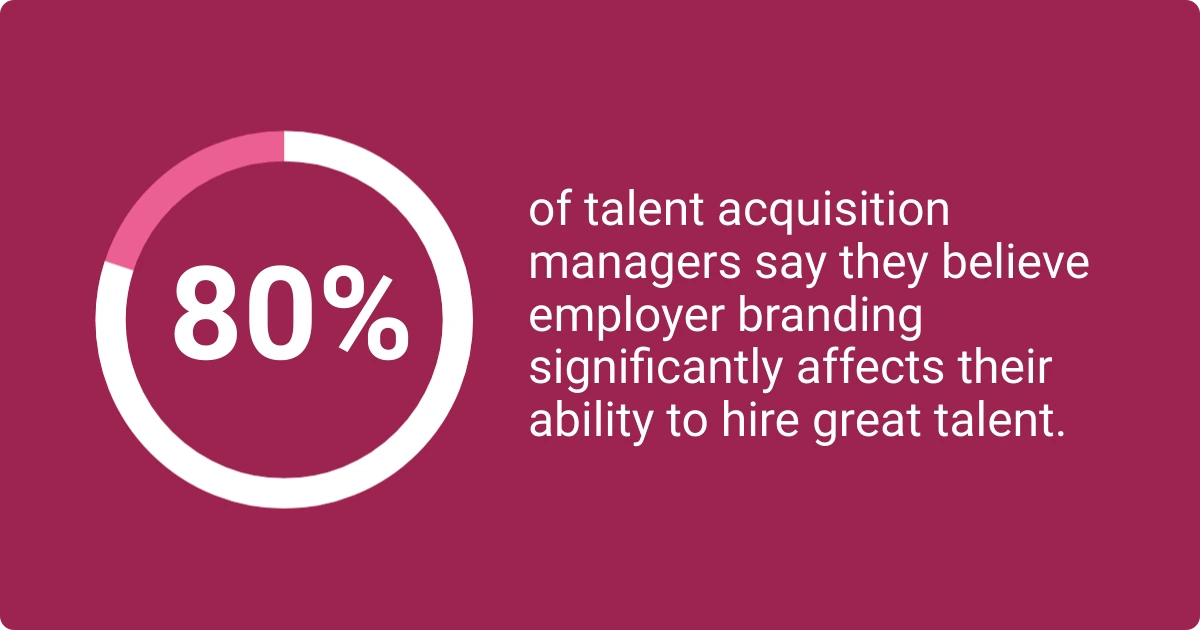
An employer's brand is a key factor in the hiring process. You must know how to be an employer of choice and hire key talent for your organization's success.
10. Better employee engagement
Regular HR monitoring and reporting can uncover insights into what drives employee engagement within your organization. Understanding these drivers allows management to implement strategies that boost morale and increase overall job satisfaction.
11. Strategic workforce planning
HR reporting provides critical data on workforce demographics and skill sets, enabling strategic planning for future staffing needs. This foresight helps businesses prepare for expansion, technological shifts, and market changes.
12. Cost management
HR reporting helps businesses optimize their employee training costs and remunerations by analyzing trends in compensation and benefits. Effective cost management in these areas can lead to significant savings while maintaining competitiveness in the job market.
13. Faster decision-making
With readily available and accurate HR data, decision-making becomes faster and more responsive to the needs of the organization. This agility can be a significant advantage in a rapidly changing business environment.
By effectively using HR analytics and reporting, organizations can not only keep a finger on the pulse of the workforce’s current state but also plan for a healthier future.
Challenges of HR reporting
HR reporting is a complex activity with multiple challenges that can impact its effectiveness. Here are some common challenges faced by HR managers when it comes to HR reporting:
Complexities associated with human resource data
HR data is often complex and voluminous, making it difficult to manage and analyze effectively. This complexity can lead to errors and inconsistencies that undermine the accuracy of reports. It’s also not common for HR professionals to have experience in data analysis, so they may struggle to use the information effectively.
Employee privacy concerns
Handling sensitive employee information requires stringent privacy measures. Organizations must balance the need for comprehensive data while respecting employee confidentiality, which can be a delicate task. It’s vital to train HR employees on privacy measures to take when wielding this information.
Regulatory compliance
HR reporting must comply with various legal regulations, which can vary by region and change over time. Keeping up with these regulations and ensuring the reports are compliant adds another layer of complexity. Again, this should be built into HR employees’ training. There may be additional certifications they need to take from various regulatory bodies.
Integration with other systems
HR systems often need to integrate with other software used by the organization, such as payroll and performance management systems. This integration can be technically challenging and resource-intensive to implement.
These challenges highlight the need for careful planning and robust systems to ensure that HR reporting is both effective and compliant, contributing positively to organizational goals.
Using the best HR software to automate HR reporting can significantly improve efficiency and accuracy while helping overcome these challenges. However, setting up automation requires initial investments in technology and training.
Additionally, automated systems can sometimes neglect the nuanced insights that manual analysis might offer. That’s why it’s so crucial to have HR employees well-versed in data analysis so they can capture insights that data alone might overlook.
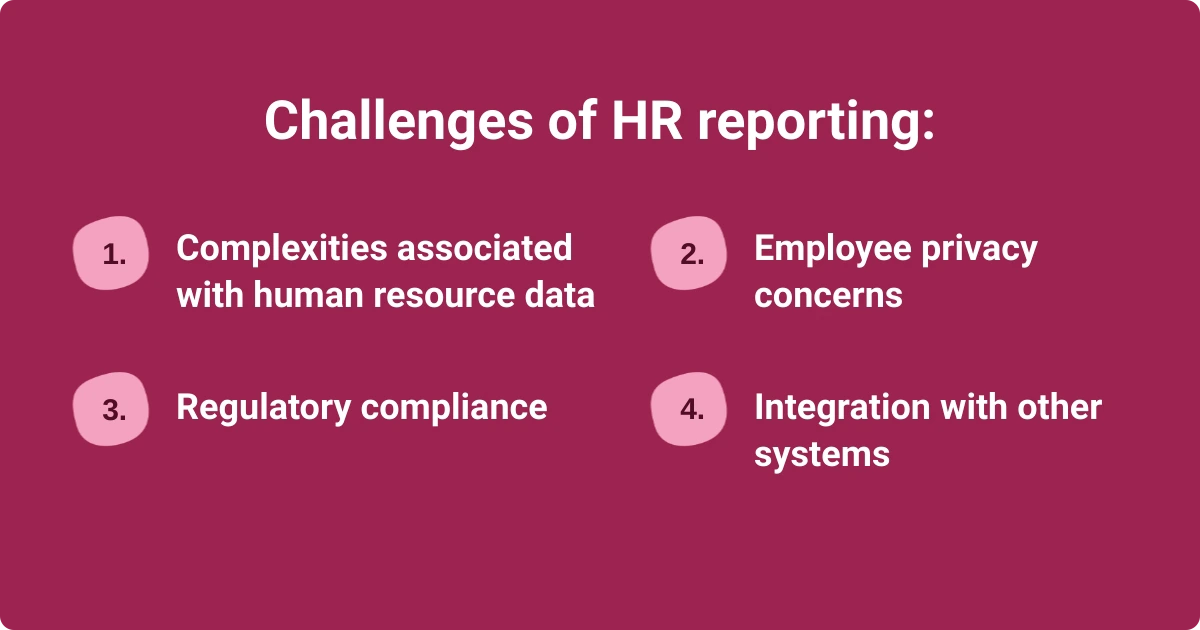
Why “humanizing” data is so important
Human applications, like those on any of the Workhuman® Platforms, go beyond standard HR reporting software that manages data and administrative tasks.
While traditional HR software effectively monitors time, expenses, and compliance, human applications add a personal touch by “celebrating employees for who they are and what they do,” according to Eric Mosley, co-founder and CEO at Workhuman®.
"[Human applications] are designed to bring humanity to the workforce,” he adds. “They're designed to deepen relationships between employees, to solve the hierarchy of needs that are above the physical – the needs of the mind, the needs for social connection, the need for positive reinforcement.
“All of these rich connections are about how work is actually getting done. All of these ties between people go beyond so much more than just a feel-good point of connection. They convey information about how work should be done, what are the key values of your organization, and how they are understood by everybody – from front-line employees to the C-suite."
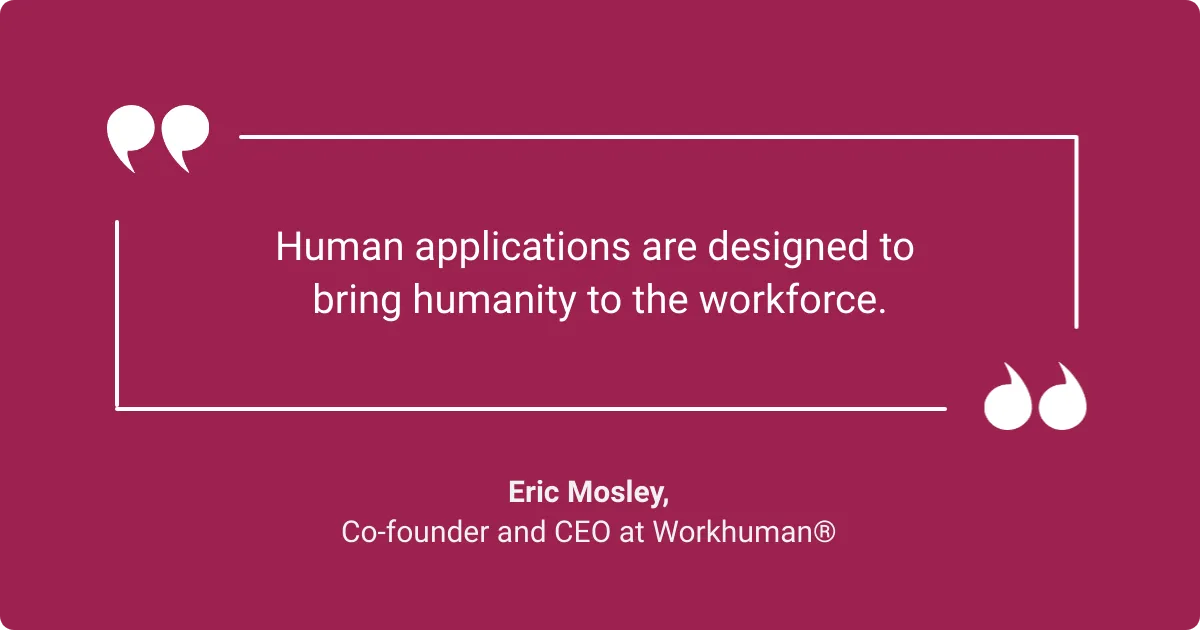
Better HR tools make for stronger human connection
As an HR professional, time is one of your most valuable assets. Automation can help free up your days so you can spend more time focused on strategic initiatives that foster connections rather than mundane tasks.
Solid HR reporting software, like Workhuman and Workhuman iQ, can help with this. With Workhuman iQ, you get HR insights at a glance – no more long hours creating complicated spreadsheets.
Types of HR reports and when to use them?
Workhuman® iQ research highlights the tangible benefits of human applications. Their findings reveal significant impacts on organizational and HR reports and metrics. Here are some key points:
- Peer-to-peer awards reduce turnover by over 20% compared to e-thanks combined with a cash award from a manager.
- Peer-to-peer points reduce turnover three times more effectively than equivalent cash rewards.
Further research from Workhuman supports the use of human applications for improving retention, productivity, engagement, and overall employee experience. Simply put, using human applications is a wise business choice that yields a strong return on investment.
Understanding the types of HR reports available and knowing when to use them can significantly enhance the business strategies of your organization. Let's delve into the various HR reports and identify the optimal situations for their use to ensure you're maximizing their benefits.
Recruitment reports
A recruiting report displays various metrics, including vacancies, average days a position remains open, cost per vacancy, hiring expenses, temporary staffing, and agency fees. Some organizations also monitor the satisfaction levels of hiring managers and candidates.
With this information, leaders have a comprehensive view of recruitment activities, their effectiveness, and associated costs. This gives you a good idea of how much money is going into the process of recruitment and its exact payoff.
Performance management reports
Traditional employee performance data usually covers basic details about a worker's productivity, performance, and achievements. However, more advanced technologies have come up for continuous performance management.
For example, Conversations® from Workhuman focuses on ongoing employee learning and development through regular manager check-ins and feedback from peers throughout the organization.
Conversations® is a continuous performance management solution that combines agile performance development with structured feedback. It’ll help you observe how your employees are performing and where they need more support.
Payroll and compensation reports
Payroll and compensation reporting is crucial because it deals directly with financial aspects and impacts the bottom line. Senior executives focus on it to ensure they are maximizing their Return on Employee Investment (ROEI). A recent Workhuman report, 'The State of Humanity at Work,' found that:
These reports track various metrics, such as average compensation or compensation by employee level, cost of benefits per employee, benefits as a percentage of salary, and benefits relative to revenue or operating expenses. Other measured elements might include overtime, healthcare costs, and spending on employee recognition.
Diversity and inclusion reports
HR and business leaders are increasingly accepting the importance of embedding diversity, equity, and inclusion (DEI) into their organization's core. This commitment is not only ethical but also brings significant business advantages, such as attracting and retaining top talent essential for success.
A diversity report provides leaders with details on all types of diversity in the workplace, like the composition of staff by gender, age, and ethnicity, and can also cover compliance issues. While it may feel strange to create this kind of report, data is crucial to DEI efforts, as it is the most objective way to evaluate your organization’s inclusion.
Employee engagement report
For a long time, companies used annual employee surveys, often known as employee engagement surveys, to measure engagement. Yet, as work dynamics evolve, leaders must have up-to-date, reliable insights into their employees' hopes, fears, concerns, and goals.
This is especially vital in today's dispersed work environment, where many people work remotely. Therefore, the traditional once-a-year employee engagement survey is increasingly being replaced or supplemented by agile, easy-to-use, and low-cost or free employee pulse survey tools.
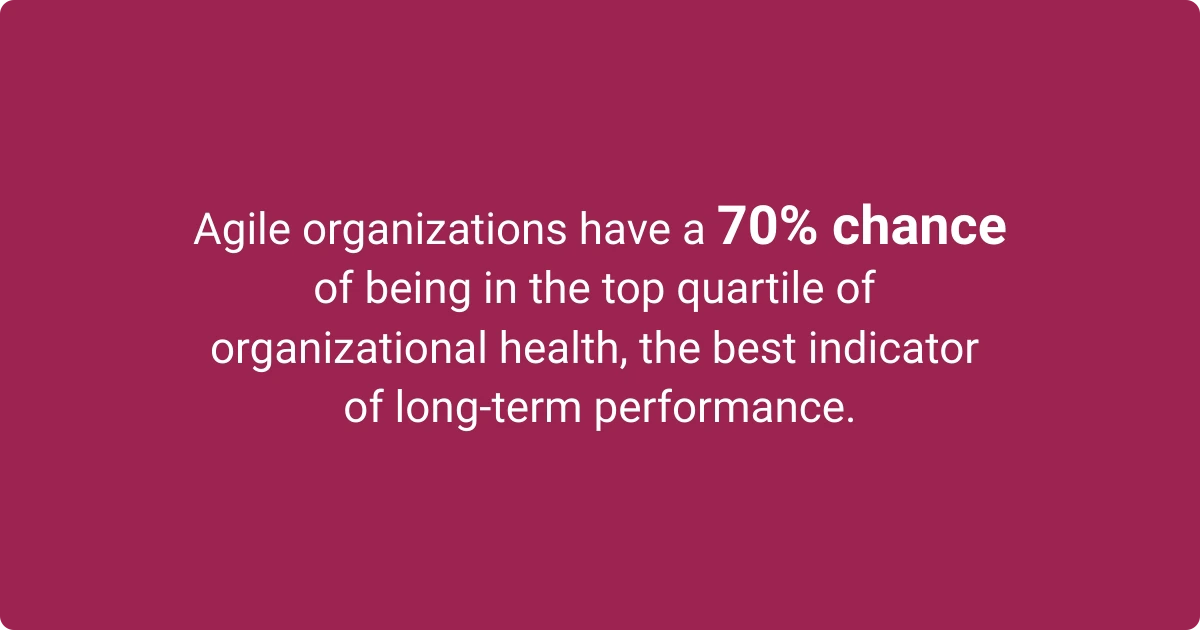
Employee turnover report
The cost of turnover significantly impacts organizations, making it essential to have timely (at least monthly) and accurate information on the number of employees leaving, whether by choice or not.
High turnover not only increases costs but also leads to lower productivity, added stress, reduced trust, and a weakened company culture and morale. Turnover rate or attrition reports are crucial as they provide a key measure of how well your organization is managing employee retention.
This report is used to analyze patterns and reasons behind employee departures, helping organizations predict turnover, develop strategies to improve retention and reduce hiring costs.
Many leaders consider monitoring employee turnover an important function. While intuition might work in some cases, it is not secure or guaranteed. Use predictive analytics in hr to calculate turnover risk and make a data-backed decision.
See More: How to Calculate Employee Turnover Rate and Why It's Important
Attendance and leaves report
An attendance and leave report tracks the number of payable days, punctuality, expected working days, actual working days, and the use of leave benefits. This report helps managers monitor attendance patterns, identify frequent absences, and ensure compliance with leave policies.
How do I generate an HR report?
Generating effective HR reports involves a structured approach that focuses on clear objectives and precise data measurement. Here’s how to get started:
Identify your goals
Clearly defining the goals of each HR report is crucial. For example, you might aim to identify trends in recruitment timeframes or assess the impact of a new training program. Clear goals ensure the report addresses specific organizational needs.
Choose the right KPIs
Select KPIs that are directly aligned with your goals. For recruitment, this might include metrics like time-to-hire. For retention strategies, you might track the employee turnover rate or employee engagement scores. You can measure the HR KPIs relevant to the objectives.
Use the right tools and systems
Choosing between manual and automated reporting methods can affect the efficiency and accuracy of your reports. While manual methods may be more customizable, automated systems like Human Resource Information Systems (HRIS) provide robust data collection and analysis capabilities, improving reliability and speed.
Collect and verify data
Ensuring the accuracy of the data collected is essential. This involves regular data audits and validation checks to maintain the integrity of the report.
Analyze and interpret data
Once data is collected, analyze it to draw meaningful insights. This analysis should directly relate to your predefined KPIs and goals, providing actionable insights that can influence decision-making.
By following these steps, you can create HR reports that not only provide valuable insights but also drive strategic decisions that benefit the entire organization.
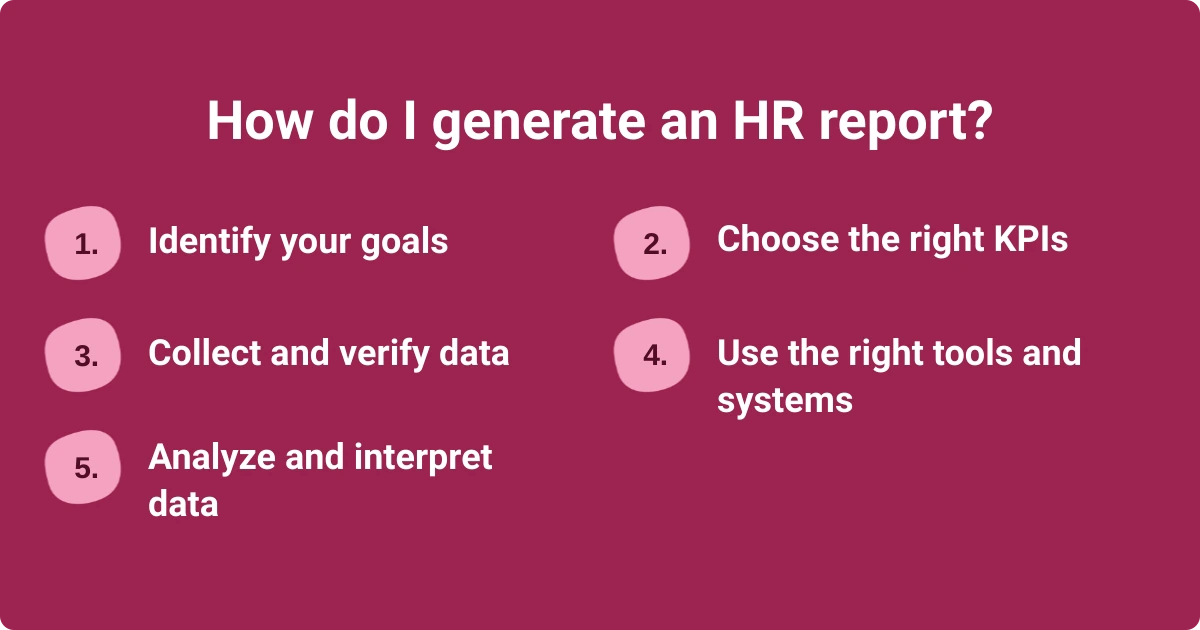
Additional guidelines to use in building an effective HR dashboard
Like a car dashboard, an HR dashboard organizes and displays data, making it easy to monitor, manage, track, and report on a company's essential activities. It highlights HR successes and challenges, offers insights into the future, provides a detailed view of HR contributions, and influences decisions related to human capital.
Below are some guidelines for creating an effective HR dashboard for your company:
Consider your audience
Consider who will use the HR dashboard and what information they need. Don't gather data just for the sake of it. Only collect data that is meaningful to someone in your organization. If you're unsure what they would find useful, ask them to select the metrics themselves. This ensures the dashboard is relevant and actionable.
Don't overload the dashboard
You might be tempted to create a massive dashboard with hundreds of metrics. SHRM provides a comprehensive set of calculators covering a wide range of HR metrics, making it easy to get carried away with the possibilities.
However, Dr. John Sullivan from ERE recommends keeping your dashboard limited to 8-12 key metrics. He explains, “Because collecting data and calculating metrics is time-consuming and expensive, it’s important to concentrate on the ones that truly matter."
Look forward
Many HR metrics focus on past events, telling a story of what has already happened, while others are more valuable for predicting and planning for future HR trends. Your dashboard should include both types to illustrate not only your past actions but also your future direction.
Ensure that every metric you include is connected to a future action. If a metric isn't actionable, think about removing it from your dashboard.
Think creatively
Consider looking deeper than just basic turnover and recruitment statistics. Think outside the box about what additional insights you can extract from the data you already collect about your organization.
Presentation matters
Make sure to present your data clearly and concisely. Infographics are a great way to display this information, but even simple, well-organized charts can significantly enhance how your data is perceived and draw more attention to it.
What skills and tools do you need for effective HR reporting?
HR reports, when presented through clear and concise dashboards, provide a wealth of valuable insights that can greatly impact the business. The challenge for HR now is to effectively communicate this information to different stakeholders.
HR departments should consider regularly issuing reports — monthly or even weekly — covering areas such as:
- New hires
- Recruitment
- Turnover analysis
- Retention rates
As the demand for sophisticated HR analytics increases, many organizations are adopting AI-powered social analytics tools. These tools, like Workhuman iQ, offer deep insights into the employee experience by analyzing a mix of data collected from employee behaviors worldwide. This helps understand employee motivations, behaviors, and sentiments.
These Worhuman iQ insights, fueled by a proprietary algorithm developed by a team of psychologists, data scientists, researchers, linguists, and engineers, provide a more comprehensive view than traditional surveys and focus groups.
How to choose the right HR software
The capabilities of HR reporting software vary widely based on technology. You’ll have to consider your organization’s use cases. Will you be using it for recruitment, engagement, turnover, or rewards? What kind of HR data is valuable for your team? What tools is your HR department currently lacking?
You’ll also have to take your existing tech stack into account. What integrations do you need? This will help narrow your search.
Once you’ve identified your core functionalities, key metrics, and integrations, you can start honing your options.
The future of HR reporting and HR analytics
The future of HR reporting and analytics is bright, marked by rapid advancements in HR software tools and HR technology trends. These tools are becoming more sophisticated and user-friendly, making it easier for HR professionals to access and understand complex data.
As the workplace evolves, there is a growing emphasis on human applications within HR analytics. These applications enhance the employee experience by focusing on personal interactions and well-being, significantly impacting the return on investment for businesses.
Despite these technological advancements, human expertise remains crucial. Human insight is essential for interpreting data correctly and using it to foster positive employee relationships. This blend of advanced analytics and human judgment will define the future of HR reporting, making it more effective and impactful in shaping workplace cultures.
Conclusion
Human resource reporting is essential for HR managers who need a deep, accurate understanding of their organization's workforce to make informed decisions that align with business objectives. HR metrics play a crucial role in assessing employee satisfaction, productivity, and performance.
Move beyond basic HR reports to detailed, real-time analytics. Discover how Workhuman iQ, the most comprehensive, AI-powered social analytics solution in the HR industry, can offer powerful data that transforms your organization.
Workhuman iQ can transform your understanding of the employee experience with AI-powered social analytics to unlock data-driven strategy. It's the kind of intel you’ve always wanted, delivered in a way that anyone can use.
About the author
Maeve Ginsberg
A wellness enthusiast and the mid-day walk’s #1 fan, Maeve champions work-life balance.
Having gone from a corporate job to self employment, Maeve has lived through countless working styles. This evolution forced confrontation of her own limiting beliefs, eventually breeding a completely individualized approach to work and productivity.
As a Senior Copywriter, Maeve often writes on workplace wellbeing and strives to advocate for all workers and leaders to find small yet significant ways to make their work lives healthier and more fulfilling.
Offline, Maeve enjoys testing new cuisines and hanging upside down off walls (also known as bouldering).